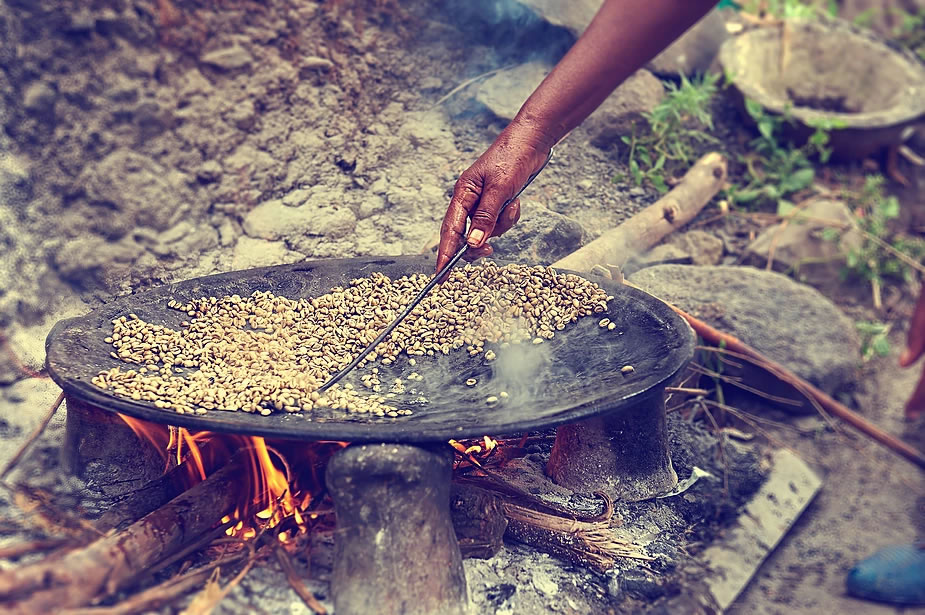Every day, every time you take a sip of your espresso, you’re part of a huge process that makes it possible for you to enjoy that perfect coffee. Before the coffee reaches the cup, it must pass through a hard production.
Coffee roasting is essential to extract the natural properties of the grain. When the coffee beans are not roasted, they look like a greenish cherry. Toasting makes the grain go from its natural green state to that brown that seduces us from the espresso machine.
In order to calculate the appropriate drying and roasting percentages, it has to do with balance: If the beans are too much browned, Fake ID,they could lose their acidity, taste, and fragrance, but if they are raw, the final product won’t look anything like the coffee you like to drink in the morning.
What is the process for roasting coffee?
Roasting coffee is a science because it involves handling technicalities and calculations way too complicated to explain them in a “human language”. Many of the professional roasters are trained on harvest farms and almost always autonomously. Beyond knowing the process, experience and intuition are what determines success after toasting.
The first step in roasting coffee is drying. Roasters must make sure that the beans are dry enough to roast.
Once it begins to smell like toast after drying, begins the second stage: browning. This is when coffee roasting combines science with art. best fake id state,Professional roasters must calculate (using chemical formulas and, of course, their senses) the exact point of browning so that the bean explodes and does not burn.
The roasters, great coffee artists, must measure the exact heat to highlight what they want from the coffee.where to get a fake id, If they prefer an acidic, caffeine-laden beverage, they make sure the coffee is lightly roasted. If the distributor needs a fruity or spicy coffee, the roasting is darker.
Roasting types Roasting can be classified according to four categories named by color based on the time of roast.
-
Light roast: Lightly roasted beans have a fruity smell and it’s perfect for a black espresso drink because is a little more acid than the other roasted coffee beverages.
-
Medium roast: its taste is stronger than the light roast. Medium roasted coffee has more balance in acidity, aroma, and flavor, but it contains less caffeine than darkest versions.
-
Medium-dark roast: these beans produce a spiciest drink, and contain more oil than lightest coffee roasts. The acidity of the drink is almost imperceptible.
-
Dark roast: these beans are the most marketed because it’s more oily, and its acidity, sweetness, and aroma are closer to an espresso perfect cup.
Roasting coffee is one of the most complex and interesting trades in coffee production passed down from generation to generation, from father to son. As you can see, behind the perfect coffee, there’s a whole artistic science condensed in toasting.

